Treatment with aztreonam affects the interspecific interaction of bacteria
The interaction between P. aeruginosa and S. salivarius was first revealed on BHI agar plates. Regardless of whether examining PAcx1, PAcx2, or the model strain PAO1, all…
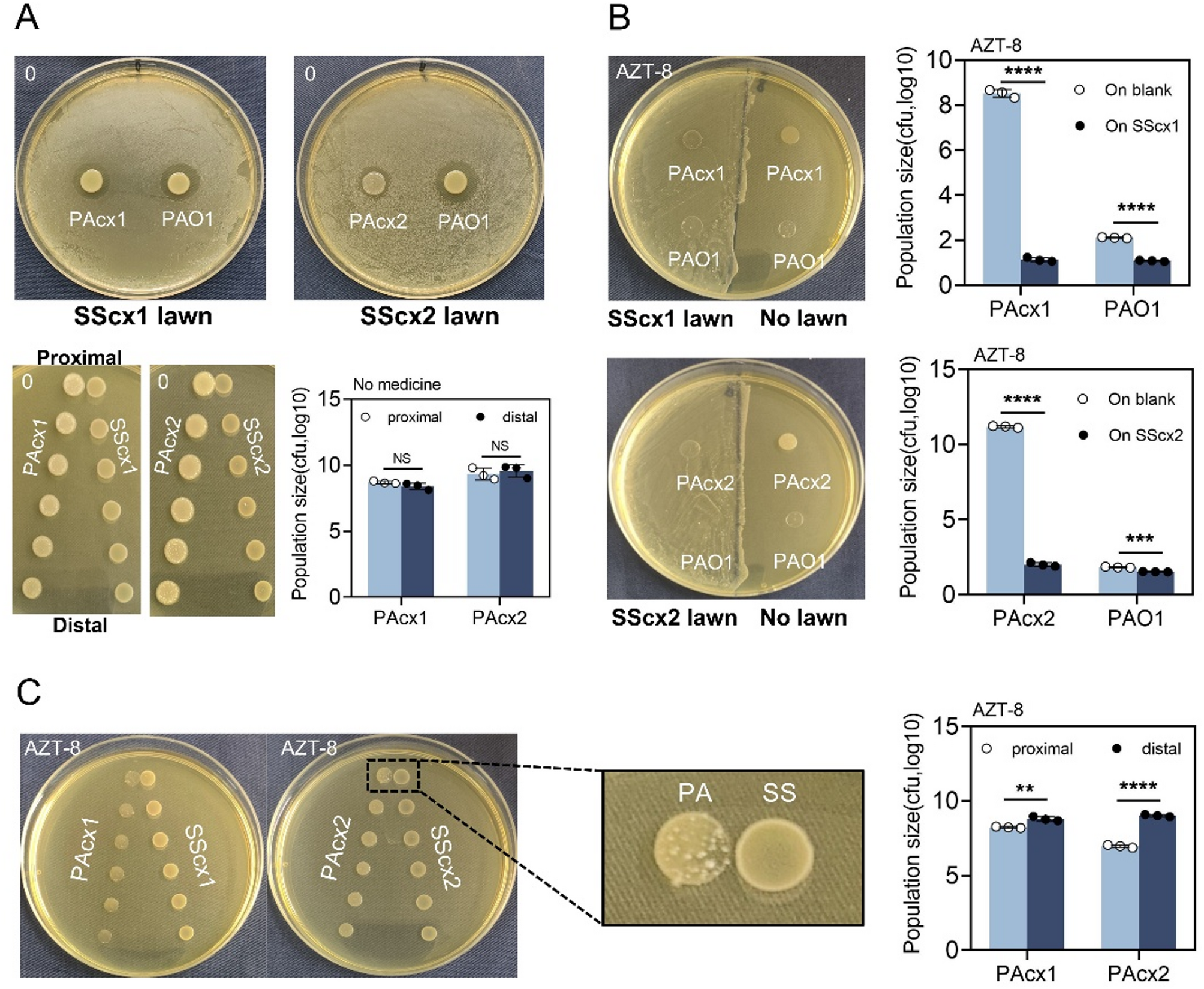
The interaction between P. aeruginosa and S. salivarius was first revealed on BHI agar plates. Regardless of whether examining PAcx1, PAcx2, or the model strain PAO1, all…
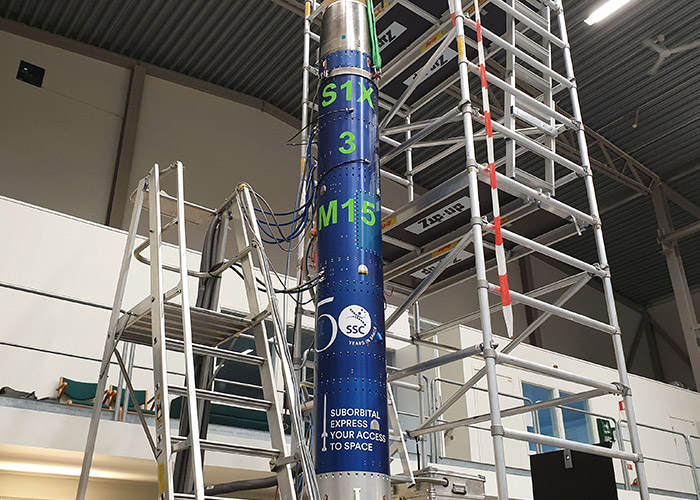
A world-first study has proven microbes essential for human health can survive the extreme forces of space launch.
Space agencies are planning to send crews to Mars within decades but sustaining life on the red planet would be more difficult if…
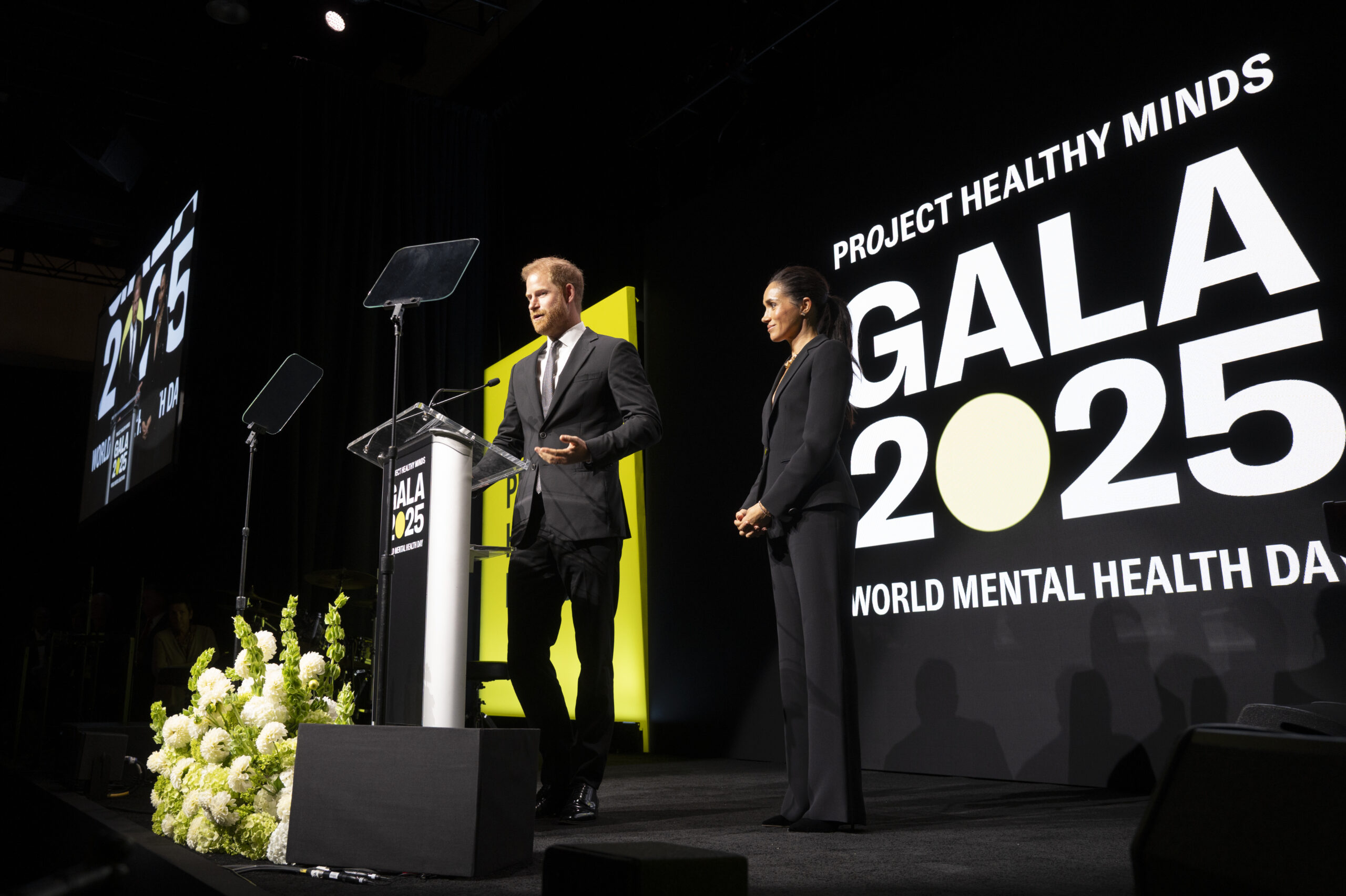
Prince Harry and Meghan, Duke and Duchess of Sussex, were honored with Project Healthy Minds’ Humanitarians of the Year Award at the nonprofit’s third annual World Mental Health Day Gala in New York City.
The recognition celebrates…

The South West Interconnected System Transmission Plan (SWIS plan) sets out the transmission infrastructure that needs to be built to facilitate the phase-out of coal generation, support the widespread electrification of existing industries and enable the new load connections needed to diversify and strengthen WA’s economy.
Amber-Jade Sanderson, WA’s energy and decarbonisation minister, said: “The SWIS Transmission Plan is our blueprint for infrastructure upgrades that will support our energy transition and ensure WA becomes a renewable energy powerhouse.”
Developed by Energy Policy WA and Western Power, the SWIS plan builds on extensive modelling and system planning carried out in previous government reports, including the Whole of System Plan 2020, the South West Interconnected System Demand Assessment: 2023 to 2024, and the South West Interconnected System Planning Update.
David Ulbrick, an expert in infrastructure at Pinsent Masons, said: “The SWIS plan makes it clear that Western Australia is strategically positioning itself to be a global leader in the clean energy transition, and both construction and energy industry participants will be central to delivering that vision.”
“There are three distinct phases of development outlined in the SWIS plan. Phase one upgrades, from 2025 to 2030, include the Kwinana Strategic Industrial Area and Western Trade Coast, Coolangatta Industrial Estate, and Kemerton SIA, to make a combined 1,500 megawatts (MW) available to support future industry growth,” he said.
“Phase two projects, from 2030 to 2035, include delivering transmission infrastructure in Chittering, Moora, Collie, and around metropolitan Perth. Phase three, covering 2035 and beyond, will involve expanding Western Power’s network to support economic diversification through the development of new green industries.”
WA currently plans to retire all state-owned coal plants by 2030. Renewables already make up roughly 39% of energy output in the state, with another 1.5 gigawatts (GW) of grid-scale batteries expected by end of 2025.
Toby Evans, an expert in infrastructure at Pinsent Mason, said: “The SWIS plan will create a multi-decade pipeline of infrastructure work in WA.”
“The plan will create high demand for heavy engineering contractors, line builders, substation specialists, steel fabricators and concrete suppliers, and skilled trades and apprentices,” he said.
“The long-term, sequential project pipeline allows for strategic workforce planning, supply chain mobilisation, joint ventures and risk-sharing partnerships and the roll out of priority projects will offer early tendering opportunities for construction firms.”
Thomas Coleman of Pinsent Masons said: “Firms should consider scaling up workforce and supply chains now to meet 2025–2030 peak, focus on gaining entry onto Western Power’s approved contractor lists, consider form strategic alliances and joint ventures to share risk and access larger packages, and engage early with corridor siting and design briefs.”
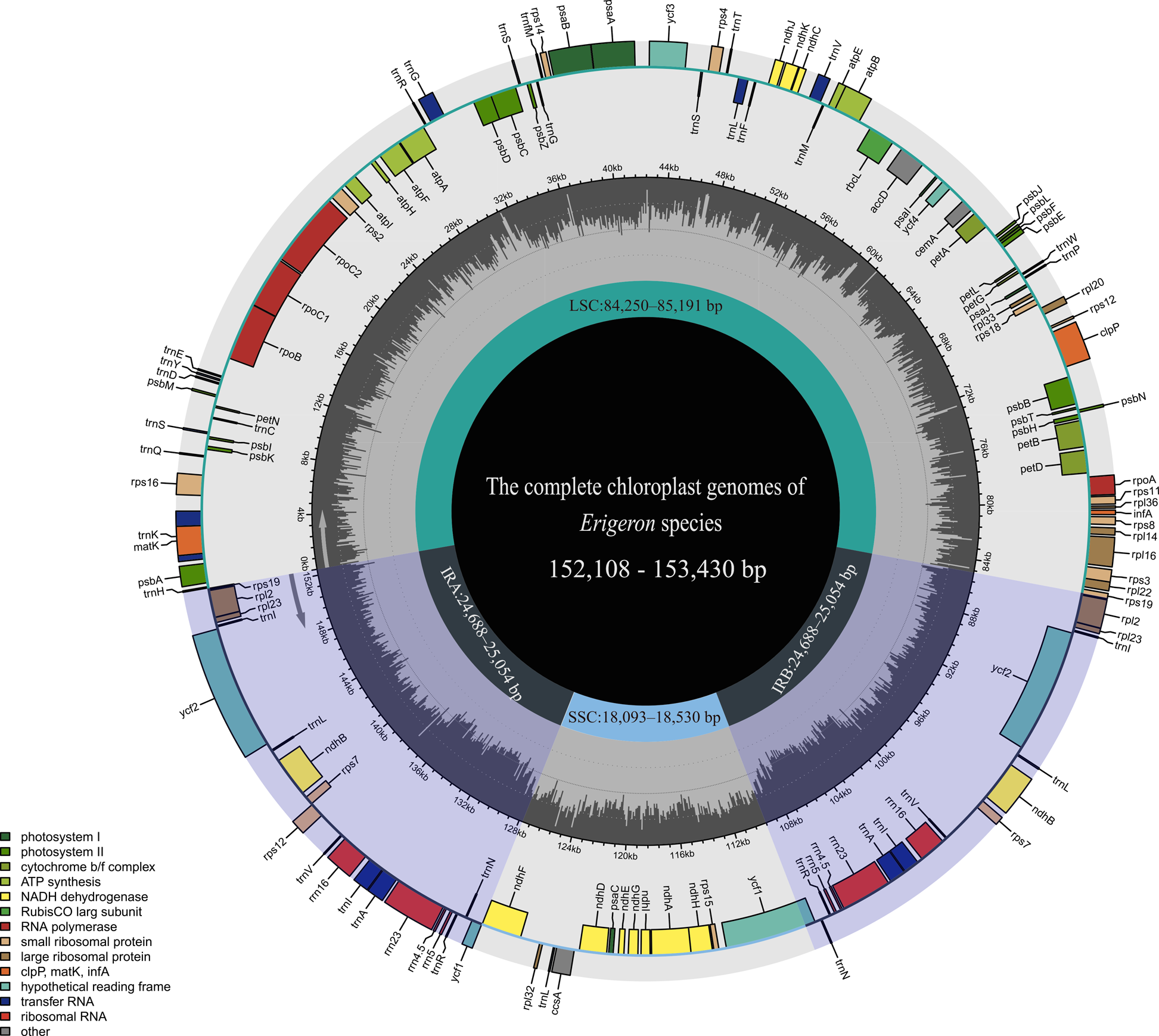
The Illumina NovaSeq 6000 platform generated approximately 7.94 gigabytes (Gb) of data for E. bonariensis, consisting of 19.1 million 150-bp paired-end reads. The cp. genome of E. bonariensis was…
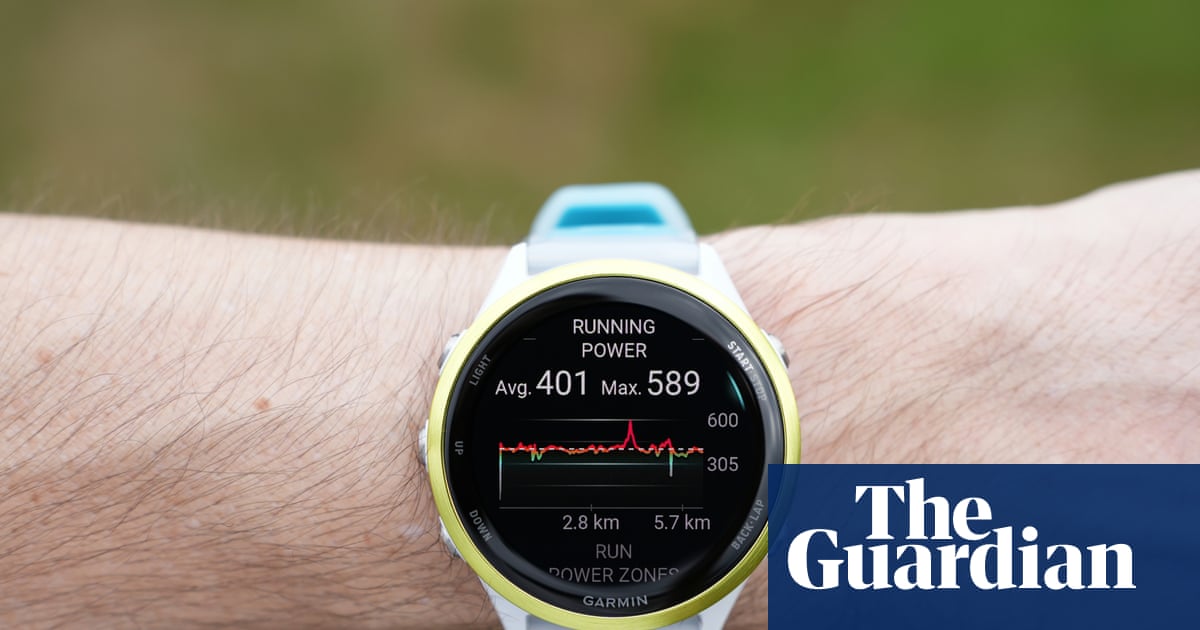
Josh, there’s a lot of commentary online from runners and cyclists over Strava suing Garmin. I am a runner, but I must confess I run to get away from the world – not participate in more online discourse. What’s it all about?
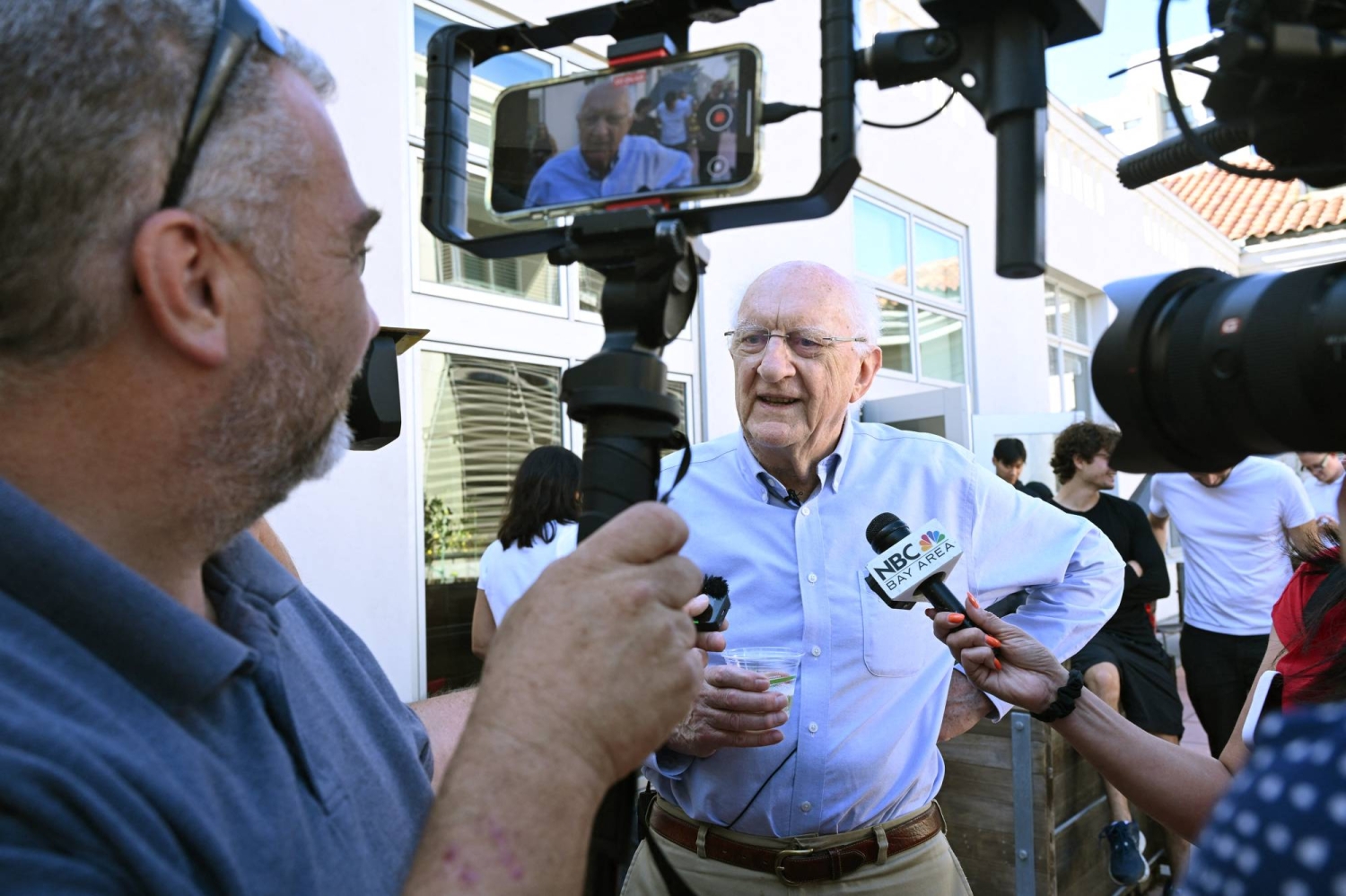
At least three different reporters on Tuesday asked John Clarke, one of this year’s Nobel Prize in physics laureates, how exactly we ended up with technology like the cellphone today from his obscure…
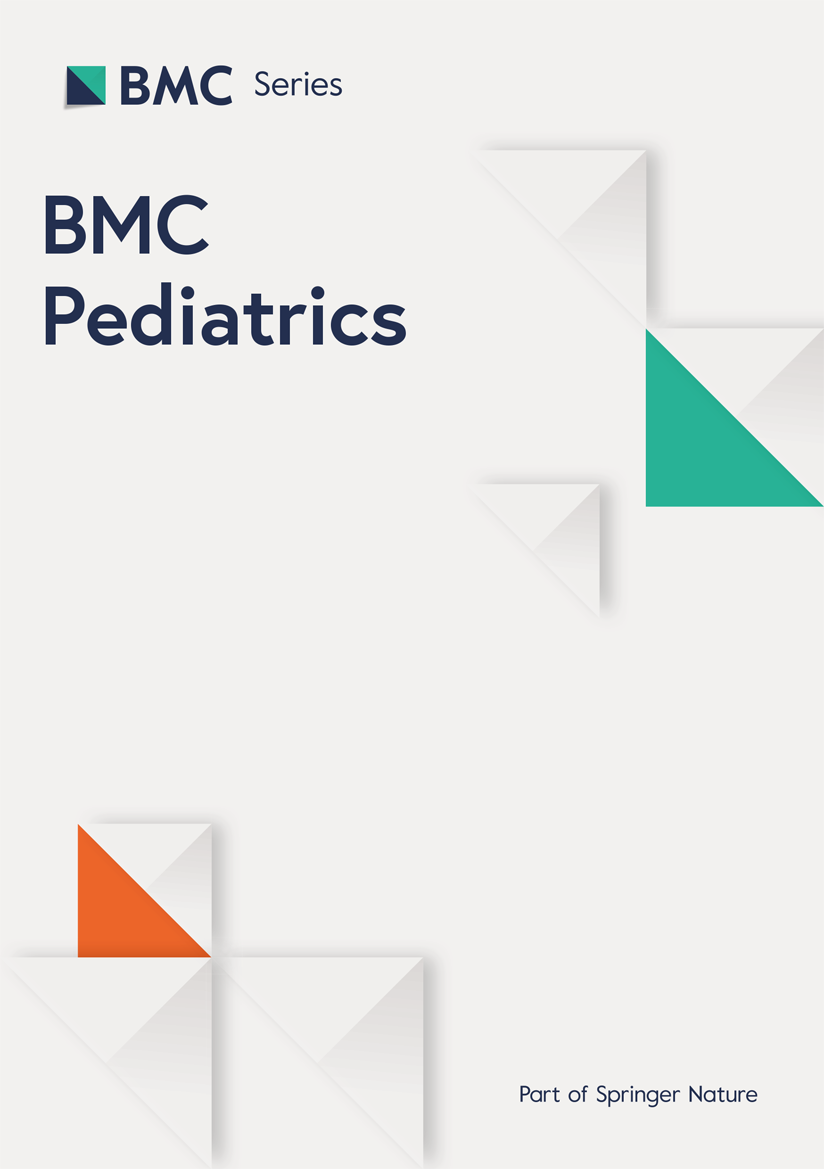
Relevant articles in the international literature, retrieved from PubMed from 1977 to the present, were identified using the keywords gastrointestinal hemorrhage, upper GI bleeding, massive hemorrhage, massive transfusion, newborn, hematemesis,…
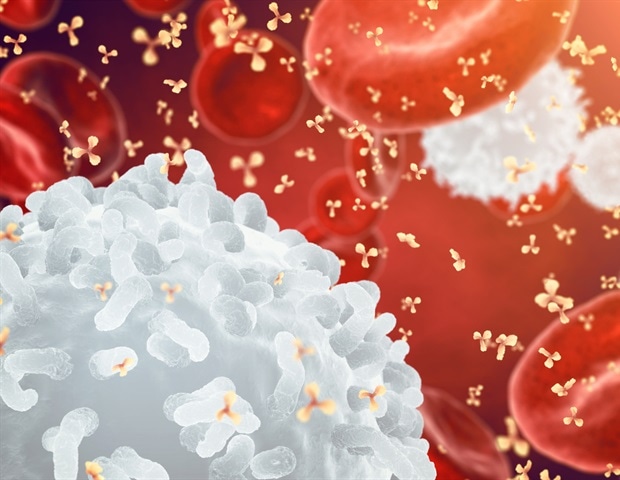
University of Arizona researchers may have uncovered a connection between chronic pain and a somewhat uncommon immune condition, opening the door to future research on immune biomarkers for chronic pain.
A small study of medical…
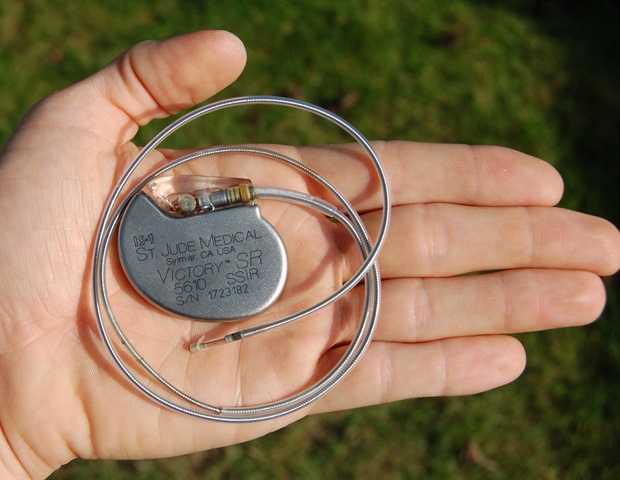
While stuttering was believed to have purely psychological causes up until about 30 years ago, scientists today attribute it to a variety of factors capable of contributing to its development. For instance, several genes have been…